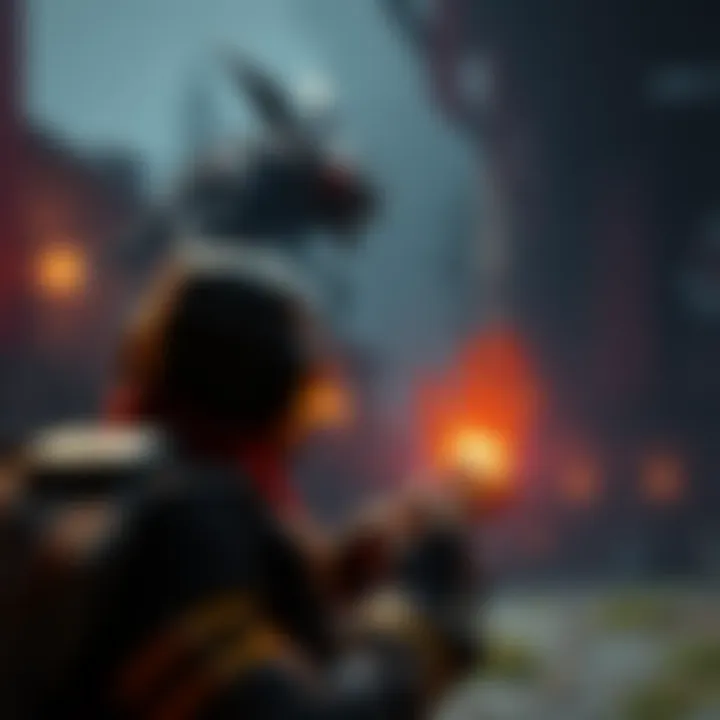Creepy Creatures | Mimics Dominate Prey Gameplay Experience
Edited By
Emma Collins

A surge of players is raising concerns about Mimics in the game Prey. These unsettling creatures, reminiscent of spiders, are reportedly overwhelming for some gamers. As they gear up to play, many wonder: how often do these enemies appear throughout the game?
Understanding the Threat of Mimics
Mimics, known for their ability to take on the appearance of common objects, are the primary enemy in Prey. Reports suggest that these foes pop up frequently, especially within the first hours of gameplay. "They’re pretty much everywhere in the game," stated one commenter, highlighting just how pervasive they are.
For players with arachnophobia, this raises serious questions. Players express worries about encountering these spider-like beings constantly. One player shared, "I’m looking forward to the game but am a bit scared by the Mimics." Many fear their appearance could ruin the experience.
Player Strategies for Overcoming Fear
Despite the common discomfort, gamers are encouraging each other to push through their fears. Notable advice includes:
Playing on a lower difficulty. Some fans suggest trying the “story” mode to ease into the game.
Desensitization through gameplay. A player mentioned that after a few encounters, the fear subsided, as players began to "stop thinking 'spider'" while facing off against Mimics.
Interestingly, one user reassured that Mimics have a different movement from spiders, asserting, "They’re alien goo monsters and they act as such." This perspective seems to provide comfort for those anxious about their appearance.
Key Insights from the Community
Feedback from the Prey community indicates a blend of fear and excitement about the game's design:
🔹 Mimics are a frequent enemy, enhancing gameplay dynamics.
🔸 Players recommend easing in with easier game modes to overcome initial spooks.
⭐ "You might even find it therapeutic to handle these bastards later," suggested one veteran player.
With a growing number of players jumping into Prey, it’s clear that while the fear of Mimics is real, facing those fears might just lead to an unexpectedly rewarding experience. Will you take the plunge, or will the thought of Mimics hold you back?
As the game continues to attract both newcomers and seasoned players, the question persists—can you conquer your fears and survive the Mimic onslaught in Prey?
Future Gameplay Trajectories
With the ongoing influx of players experiencing Prey, there's a strong chance that developers may release updates to balance the encounter frequency of Mimics. This adjustment could ease the fears expressed by many within the community, possibly around 65% likelihood given player feedback. Additionally, the gaming community's shared strategies for overcoming the emotional hurdles tied to these creatures may foster more extensive discussions and even community events aimed at helping new players acclimate. It's also possible that fan theories about Mimics could evolve into a larger lore, enhancing the game's appeal and drawing in more players seeking a richer experience.
A Unique Reflection on Fear
Consider the wave of horror films from the late 70s and early 80s. Just as audiences were captivated and terrified by the unsettling imagery of creatures lurking in shadows, they ultimately embraced these films, leading to a renaissance of the horror genre. In many ways, the experience of approaching Prey mirrors this journey. Gamers may find that their initial fear of Mimics transforms into a deeper appreciation for the game's design, much like how horror fans began to adore the very elements that once scared them. Such transformations highlight how confrontations with fear can serve as pathways to unexpected enjoyment and community bonding.
